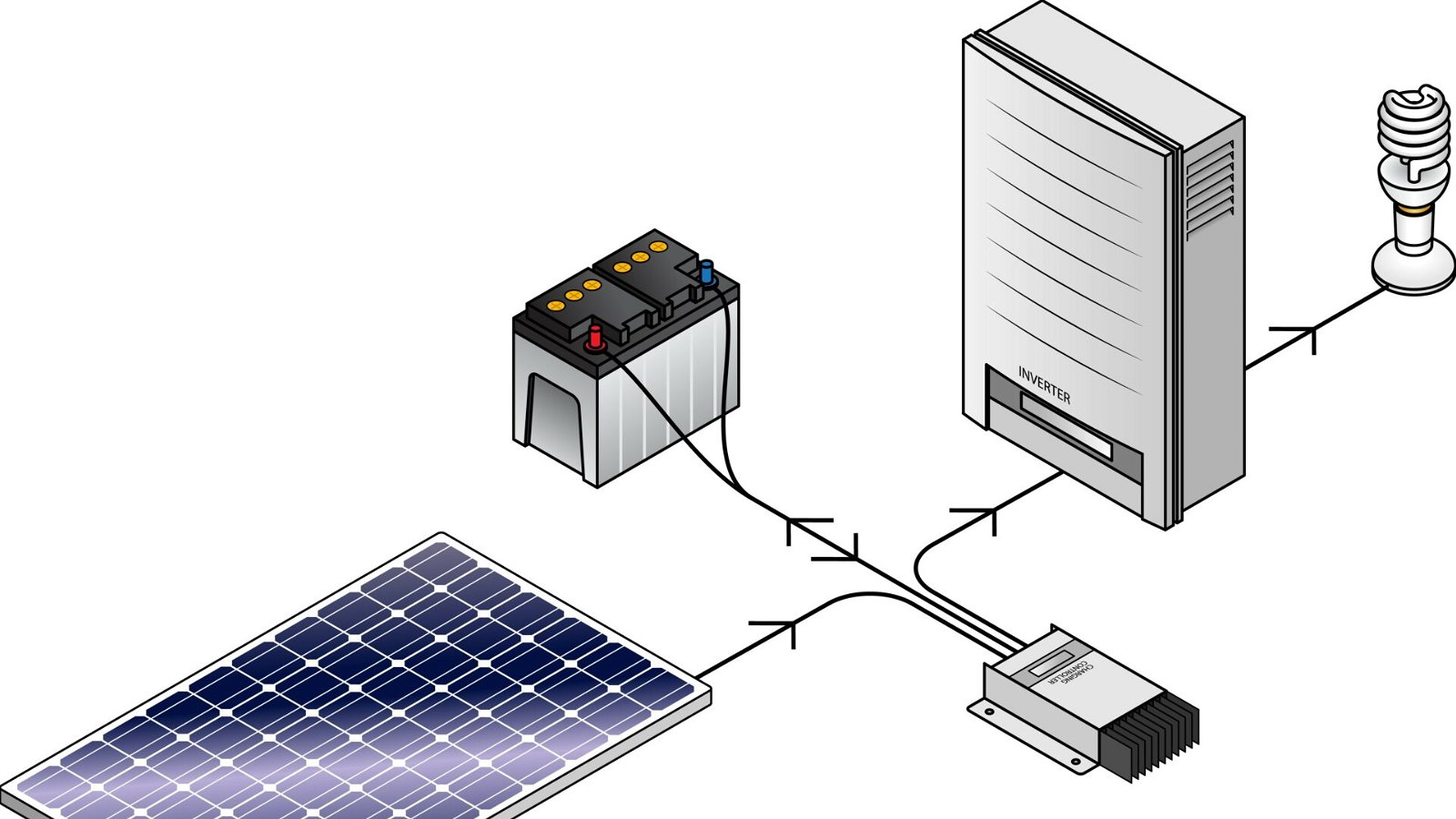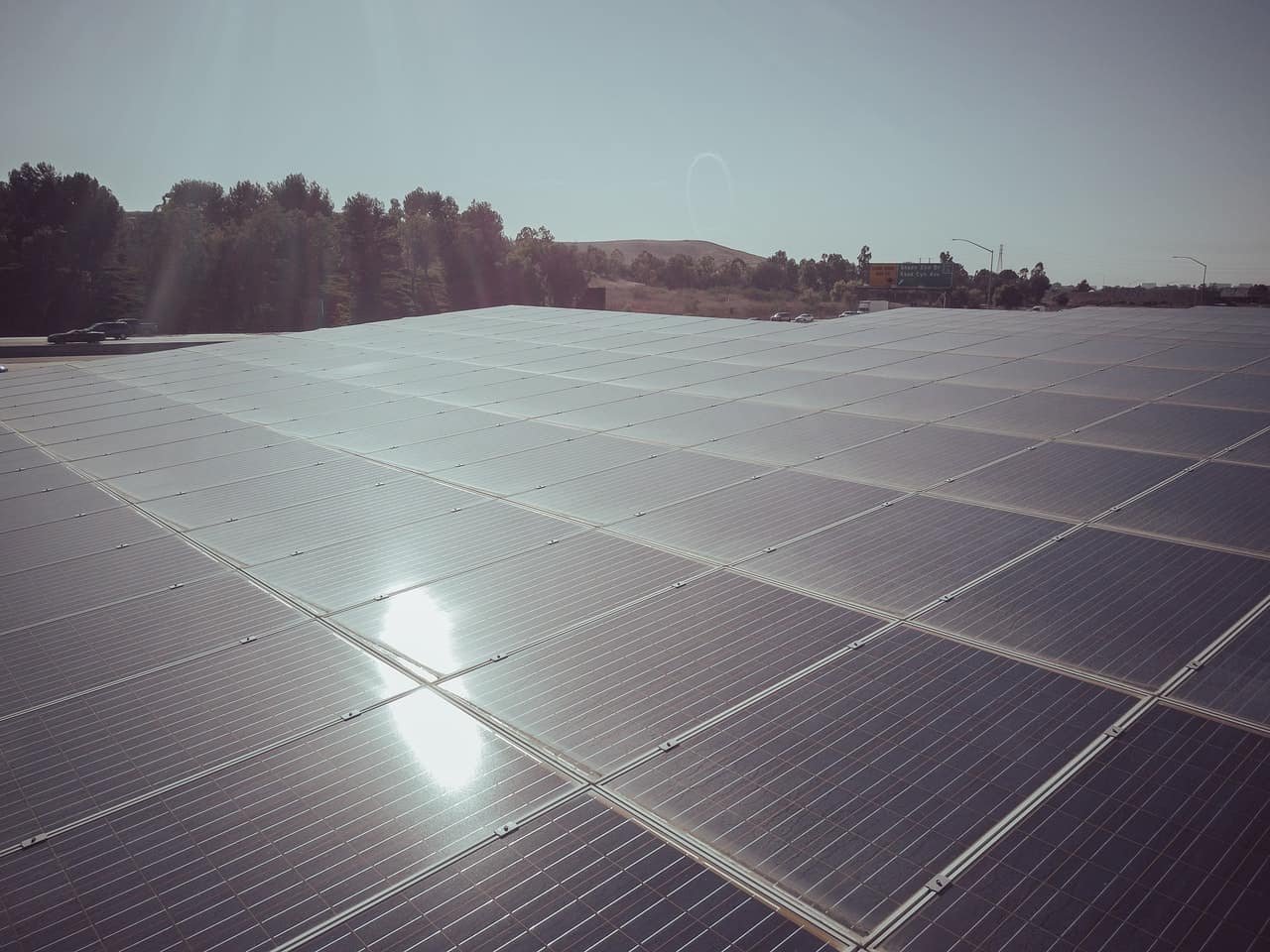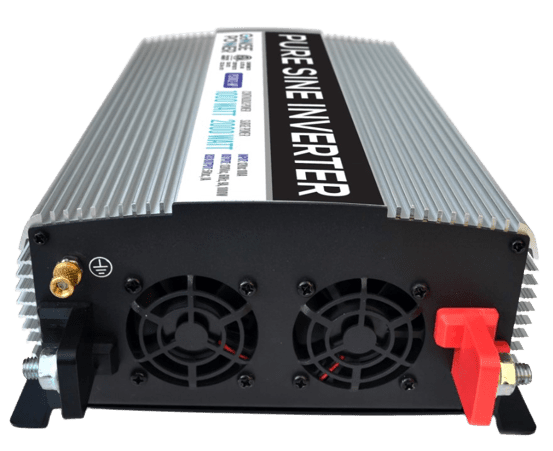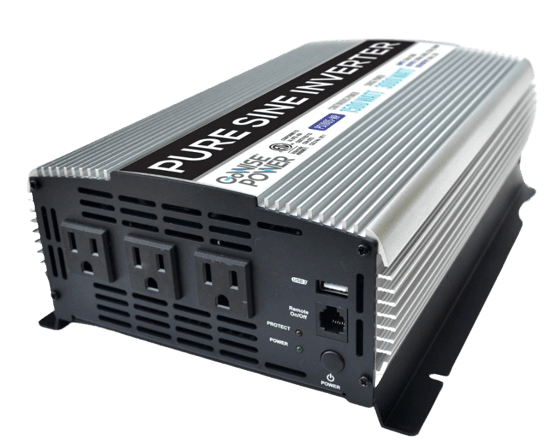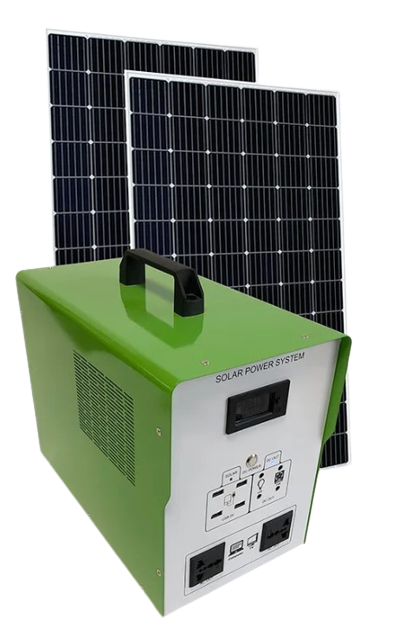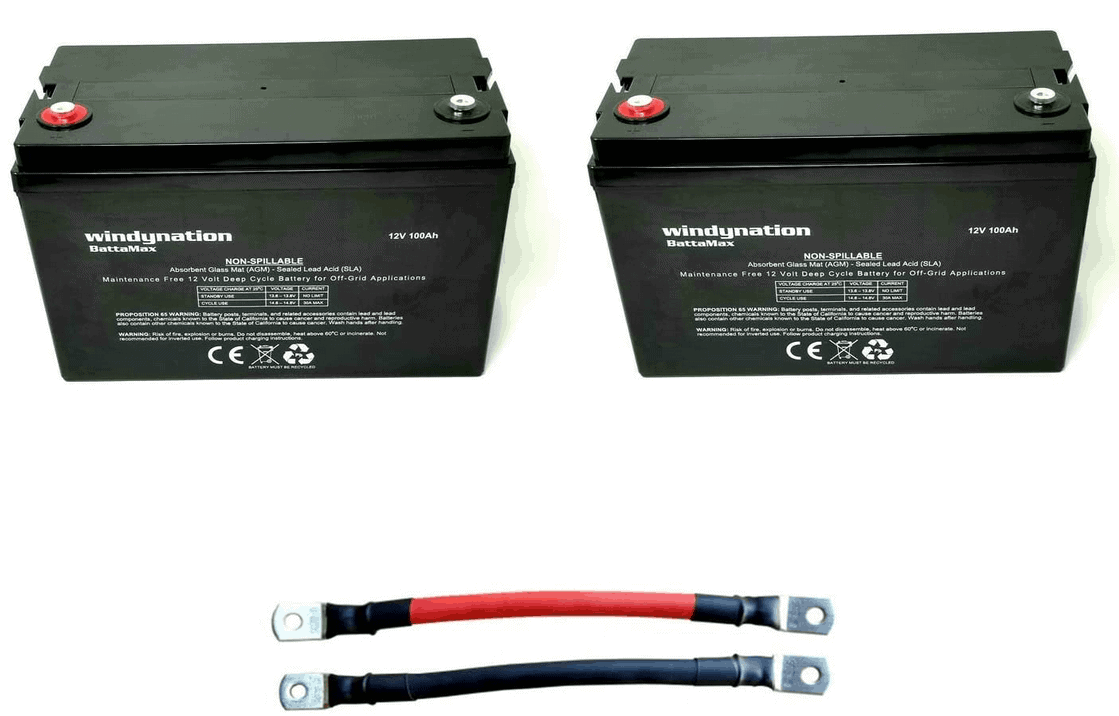Off grid solar systems can, for the most part, use the same parts as grid-tied systems, but there are some important differences between them. This includes the size of the system, and you often need a few more parts than you would with a grid-tied system.
If you are thinking about going off grid, you need to be fully aware of what you are getting into, including the parts you need, the initial price, and how to plan your solar system and size. You don’t want to get into planning and realize you don’t know what you need and are spending a lot more than you expected.
What Makes an Off Grid Solar System Different?
While an off grid solar system is often composed of very similar parts to a grid-tied solar system, they work a little differently. (1) A grid-tied system involves using solar power to offset some of the energy you would usually take from the grid.
You may use it to reduce your monthly costs, be a little greener, or even have power in the case of an emergency or blackout. You can have as many solar panels as you want, and battery systems are optional. You even often have the option to send your excess power to the grid for a further discount on your utility bill.
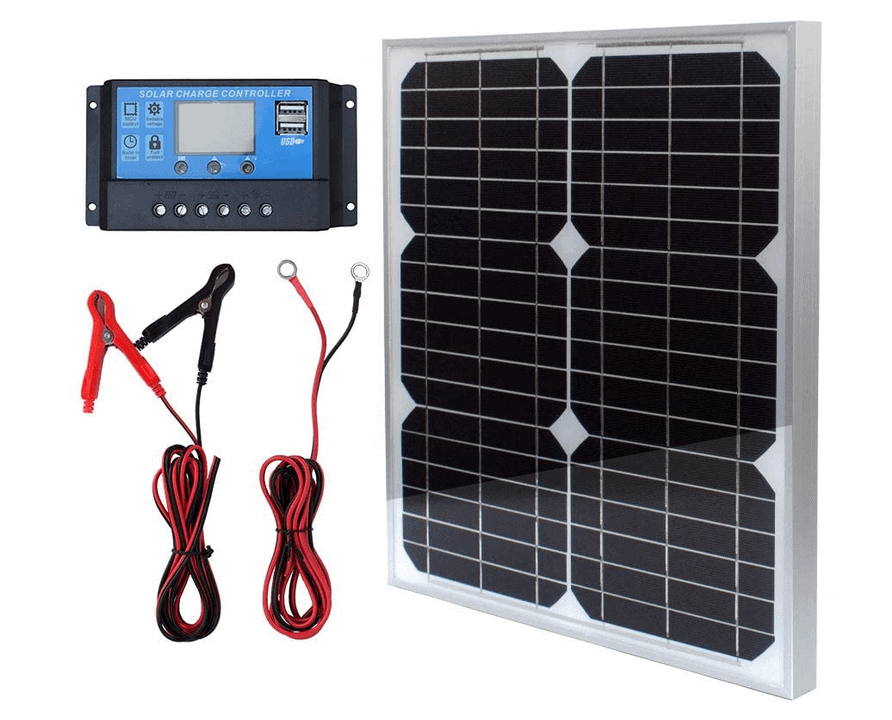
Off grid solar systems, on the other hand, are meant to be your complete power source. You have no power from the local grid, if there even is one. You may use other options as supporting power or backup power, like a generator or wind power, but what they provide is all the power you will get.
For this reason, you have to make sure that you have enough power to meet all your demands. Instead of being optional, you have to have a battery system, as well as other components like inverters and charge controllers unless you are only planning to use power when the sun is up and bright.
Making sure your solar system is right, provides enough power, and that you have a large enough battery system is very important. You don’t have other options and if you aren’t getting enough power, you can’t run the things you need.
What Is Included in an Off Grid Solar System?
You can often find off grid solar system kits online, but they are often very basic and don’t cover everything you need them to. (2) It’s often better to hire a professional to help you figure out the size of your system, or to do it yourself to make sure you have something tailored to your needs.
With this being your primary source of power, you want something unique to you and not something that is designed as a one-size-fits-all.
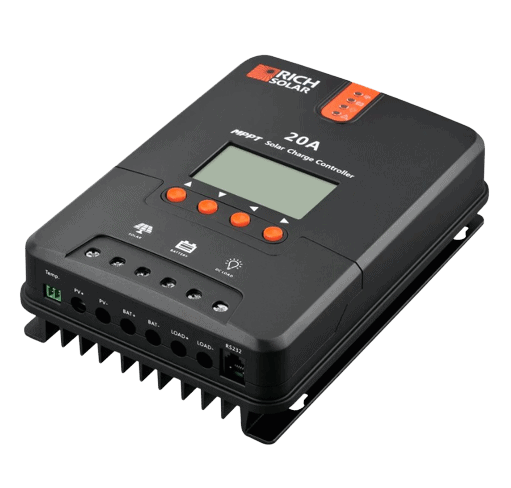
No matter what size solar system you decide you want, or how you decide to set it up, there are still some things you need. For an off grid system, you will look at getting at a minimum:
- Solar panels
- Wiring
- MPPT charge controller
- Inverter
- Batteries
- Mounting systems (3)
The amount, size, brand, and kind of each of the above are up to you and your installer. But you want to make sure that you understand and have an idea about how each of these systems works, and which kind might be best for you.
What Is the Average Cost of an Off Grid Solar System?
There is unfortunately no easy answer to this question. On average, you can expect your solar system to cost somewhere between $20,000 and $100,000. This is a large gap, but that is because there are a lot of factors that determine cost.
What Influences the Cost of an Off Grid Solar System
There are several different factors that change the cost of an off-grid solar system. There are different kinds of solar panels, inverters, batteries, and even wiring that all have dramatically different costs, depending on what you choose.
For example, the differences between the two most common solar panels, monocrystalline and polycrystalline, can have about a 60-cent price difference per watt. This may not seem like much, but it can lead to a $3,000 price difference for the same 6kW system.
However, you may choose a different size solar system, which can change the price even more.
The brands you choose as well can make a difference, such as how much wattage you choose, and the size of your solar panels.
If you decide to have a professional install your system, you are likely looking at adding another $20,000 to your system’s price.
There are also different kinds of batteries and inverters, which have a range of pros and cons, and vastly different ranges in price points. For example, lithium batteries are an overall cheaper investment, costing you about 2.8 times less. (4) But the initial cost is a couple of thousand dollars more.
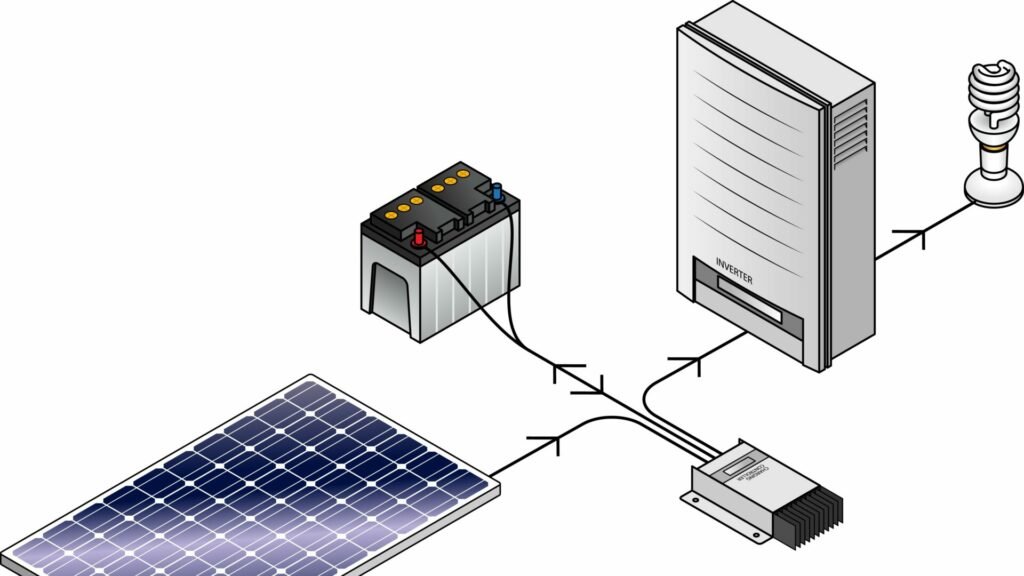
Some of the most common factors that influence off grid solar systems are:
- Size of solar system
- Amount of backup batteries
- Type of inverter
- Type of batteries
- Type of solar panels
- If you loan or buy the system outright
- If you get an installer
- The state you live in
- The amount of sun you get per day
- The location where your solar panels will be placed
- Amount of power you use at once and when you use it
- The average days with sun per month
- Distance from your array to your solar system
- The temperatures
Related Articles:
How to Calculate How Much Power You Need
Before you determine everything you will need to set up your off grid solar system, you will first need to determine how much power you need, and how you use your power. This is important before picking any parts for your system, because the amount of power you use at once influences the size of your inverter and solar panels, while the time you use power determines your battery bank size.
It can be complicated to calculate how much power you need. There are calculators online to help you out, but you still have to do the majority of the work.
(5) Essentially, you have to determine how many hours of sunlight you get on average per day, the amount of power you use and for how long, and when you use this power the most.
This means that you have to go through and break down every appliance you use. You need to determine the watts (volts times amps) that your device or appliance uses, and how long it runs per day on average. For example, a fridge will run all day and runs on around 300 watts.
This will have to be done with every device, including ones that run on power but have to be charged occasionally like phones. You can often find the watts listed somewhere on the device or app, but if you can’t find anything, you can get a general idea online.
It’s a good idea to round up when you are unsure, just to make sure you have all the power you need. It is also recommended that you calculate the amount of power you would need during an emergency. So what basic appliances would you have to charge or power no matter what when power was limited?
Items like fridges, phones, and lights are often included in this. By taking this measurement, you can help determine battery size. It is recommended you try to get a battery bank that can run all your emergency systems for 3 days without any new power.
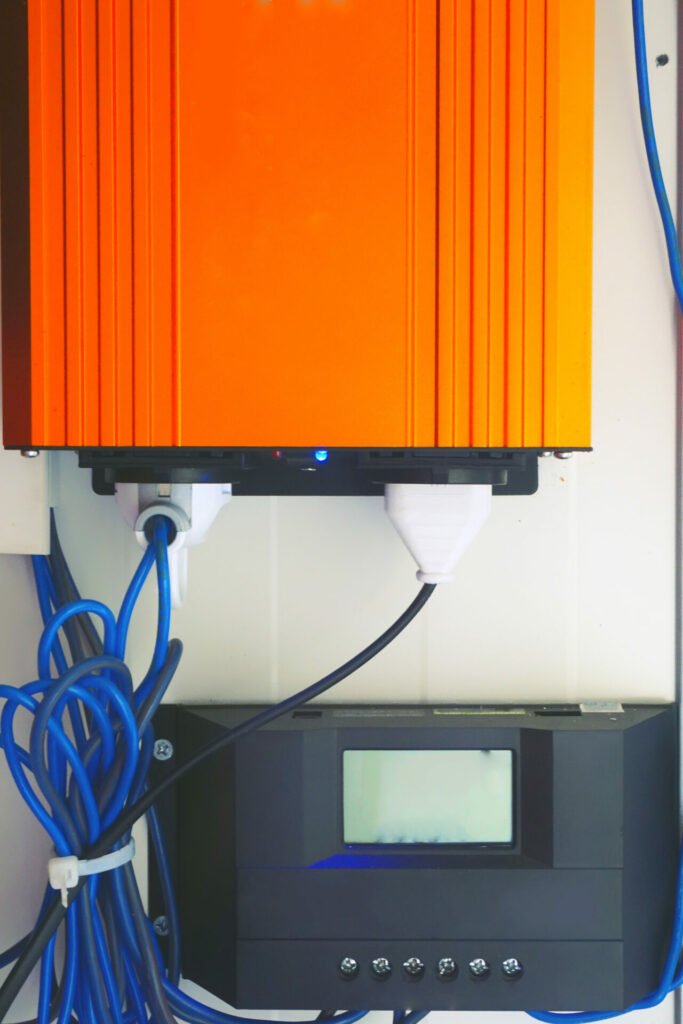
If you have a generator or another form of power besides just solar, you may be able to reduce this amount, but if you have the money for it, getting a big enough battery bank is a good idea.
This emergency store is when there is minimal sun for a few days, your solar panels get damaged, or maintenance needs to be done. That way, you don’t have to be worried about actually losing power during these times.
Pros and Cons of Off Grid Solar
Pros
- You don’t have to depend on the utility company to provide power
- Allow people who live far from a grid to still have power
- Environmentally friendly
- Don’t have to worry about blackouts
Cons
- High initial cost
- Don’t have unlimited power and have to be careful with what devices you run
- Need a lot of parts and often a professional installer
- Parts will need to be upgraded and maintained
Citations
- Khamisani, A. (n.d.) Design Methodology of Off-Grid PV Solar Powered System: Solar Powered Bust Shelter. Case Study of Solar Powered Bus Shelter. Retrieved February 8, 2023, from https://www.eiu.edu/energy/Design%20Methodology%20of%20Off-Grid%20PV%20Solar%20Powered%20System_5_1_2018.pdf
- Simms, D. (2023, January 24). Off-Grid Solar Panel Systems: EcoWatch. EcoWatch Blog. Retrieved February 8, 2023, from https://www.ecowatch.com/solar/best-off-grid-solar-systems
- Bonber, C. (2023, January 18). Solar Panel Mounts: Modernize Home Services. Modernize Home Services Article. Retrieved February 8, 2023, from https://modernize.com/solar/solar-panel-mounts
- PowerTech Advanced Energy Storage Systems (n.d.) Lithium LiFePO4 vs Lead-Acid cost analysis. Retrieved February 8, 2023, from https://www.powertechsystems.eu/home/tech-corner/lithium-ion-vs-lead-acid-cost-analysis/
- Unbound Solar. (2021, November 12). Off-grid solar system sizing calculator. Retrieved February 8, 2023, from https://unboundsolar.com/solar-information/offgrid-calculator
